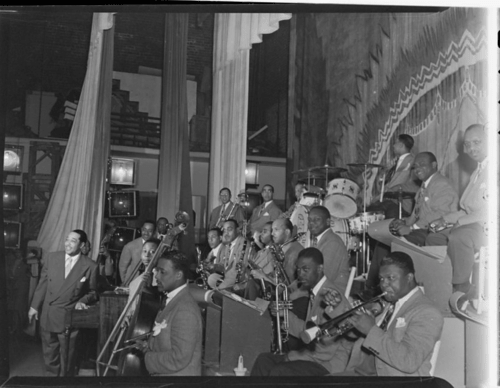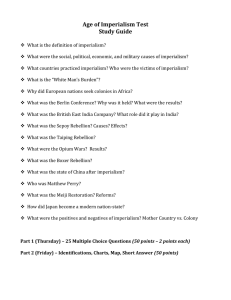

The new woman's mystique was exemplified by the heroines of F.

Margaret Sanger, who had first promoted birth control before World War I as a means of sparing poor women from unwanted pregnancies, argued that the diaphragm gave women more sexual freedom. With a new look came new viewpoints and values, including a more open attitude toward premarital sex. One of the most enduring images of the 1920s is that of the flapper, a young woman with short hair, wearing a knee‐length dress, rolled‐up stockings, and unbuttoned rain boots that flapped (hence the name) when she walked. As a result, Americans' savings rate dropped sharply in the '20s, and their personal debt rose. Businesses exhorted consumers to put a small amount down and pay off the balance in monthly installments, instead of saving money for an item and purchasing it with cash. Providing the opportunity to buy on credit was also a powerful marketing tool. Bruce Barton's 1925 bestseller, The Man Nobody Knows, portrayed Jesus Christ as a master salesman and the spread of Christianity as a successful advertising campaign. The power of advertising even influenced religion. They were able to blur the distinction between “want” and “need” by creating a fantasy world in which love, youth, or elegance was available to anyone who bought a brand of toothpaste, a model car, or a new perfume. When peace came, ad agencies used newspapers, mass circulation magazines, and radio to effect consumption patterns. The power of advertising to shape public attitudes had been demonstrated through the Committee on Public Information's use of media to marshal public support during World War I. Mass consumption was encouraged through a combination of advertising, which created a demand for a particular product, and installment buying, which enabled people to actually purchase the product. These tactics, along with yellow dog contracts, through which employees agreed not to join a union, worked union membership dropped by almost two million between 19.Īmerican industry produced thousands of consumer goods in the 1920s, everything from automobiles to washing machines to electric razors. Other companies followed suit, improving working conditions, setting up company unions, offering health insurance and profit‐sharing plans, and developing recreational programs. To build worker loyalty and blunt the development of unions, Ford paid the highest wages in the industry and established the 5‐day, 40‐hour workweek. Ford also created new management techniques that became known as welfare capitalism. Both innovations had a dramatic impact on price: the Model T that sold for $850 in 1908 sold for $290 in 1924. Mass production used standardized parts and division of labor on an assembly line (introduced by Ford before the war) to produce cars more quickly and efficiently. Standardization meant making every car basically the same, which led to jokes that a customer could get a car in any color as long as it was black. Henry Ford pioneered the two key developments that made this industry growth possible - standardization and mass production. The number of cars on the road almost tripled between 19, stimulating the production of steel, rubber, plate glass, and other materials that went into making an automobile. The American economy's phenomenal growth rate during the '20s was led by the automobile industry. These changes were encouraged by the new mass media that included radio and motion pictures.īooming economy and consumerism. Although most women's lives were not radically transformed by “labor‐saving” home appliances or gaining the right to vote, young American women were changing the way they dressed, thought, and acted in a manner that shocked their more traditional parents. As the economy boomed, wages rose for most Americans and prices fell, resulting in a higher standard of living and a dramatic increase in consumer consumption. Nicknames for the decade, such as “the Jazz Age” or “the Roaring Twenties,” convey something of the excitement and the changes in social conventions that were taking place at the time. BushĪ tide of economic and social change swept across the country in the 1920s.

American Society and Culture, 1865–1900.


 0 kommentar(er)
0 kommentar(er)
